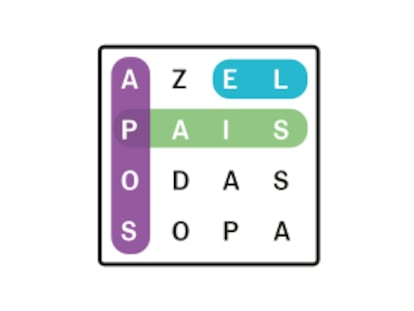The Unknown Western Mediterranean Oscillation
The weather at any given time and place is the result of complex interactions of many factors, not all of which are local. The difference in atmospheric pressure between Ponta Delgada (the Azores) and Reykjavik (Iceland), for instance, can affect the weather all over western Europe. Such links, which can stretch across continents, are what climatologists call teleconnections. A teleconnection is a remote connection (just as television is, in a way, remote vision) between the atmosphere and the ocean in regions distant from each other. The most important teleconnection is El Niño, not only because of its impact on climate but also because those impacts are widely reported in the media. To capture and characterize the climate and its variations, we climatologists need numbers, and teleconnections are therefore expressed by means of numerical indices. Although these indices represent a highly complex reality, they can be easily calculated. For example, simply by subtracting the atmospheric pressure at sea level at one point from that at another, each representing different atmospheric conditions, the two geographically distant points can be connected— hence the name teleconnection. The difference in pressure between Ponta Delgada and Reykjavik mentioned above forms the teleconnection index known as the North Atlantic Oscillation (NAO), which regulates the climate of most of Europe. These indices are useful in establishing the behaviour and, most important, the variability of different climatic elements, particularly precipitation.
Unfortunately for climatologists dealing with the east of the Iberian Peninsula, the NAO provides very little information on precipitation in this area of the Mediterranean. The highly irregular precipitation – torrential rainfall at one time and drought at another – is of great interest to climatologists, and the Climatology Group at the University of Barcelona is seeking alternatives to the NAO for studying the variability in rainfall in regions such as Catalonia, Valencia, and Murcia. The group has proposed a new, more local teleconnection, namely the Western Mediterranean Oscillation (WeMO).
The normal, or more frequent, pressure fields over the Iberian Peninsula, involving good weather on its eastern side, are defined by the well-known Azores anticyclone, between this Atlantic archipelago and the Gulf of Cadiz (southwest of the peninsula), and a cyclone over the Ligurian Sea (northwest of Italy). Winds are either westerly, warm and dry, having travelled over the peninsula’s continental areas, or north-westerly—cooler but equally dry. This situation makes up the positive phase of WeMO whereas torrential rainfall in the Gulf of Valencia represents the negative phase of WeMO.
In this negative phase, the Azores anticyclone in the Gulf of Cadiz is replaced by low pressure or a cyclone coming from the north Atlantic, and a strong anticyclone over Central Europe prevents the lows from passing over northern Italy. The winds now travel long distances over the Mediterranean Sea, and are therefore laden with moisture when they reach the eastern side of the Iberian Peninsula, leading to the famous easterly rainfall episodes.
We have established that torrential rains (more than 100 mm in 24 hours) on the eastern coast of the Iberian Peninsula are practically impossible in the positive phase of the WeMO. Based upon the daily values of the index, we can now predict the likelihood of torrential rains. The predictions have proved even more accurate than expected: our calendar indicated that the rainiest month on the eastern coast of the Iberian Peninsula is October, when the WeMO index is at its lowest, representing the negative phase (humid winds from the east). Secondly, when we plotted the most extreme torrential episodes (more than 200 mm in 24 hours) in Catalonia throughout the second half of the twentieth century, we found that the first fortnight of October accounted for the largest number of such episodes, just when the index was even lower than that in the second fortnight of October.
Since the index proved so reliable in predicting torrential rains, we believe that we have finally found a useful tool for studying the variability of these climatic risks within a single year as well as across a number of years. Tracking the variability of this index, and studying its future temporal evolution, can help us to predict the likelihood of such extreme events so that we are better prepared to mitigate their adverse effects.







































































